The Ganga plain has been the cradle of Indian civilization right from the ancient times. This is well attested by the archaeological findings of a number of city and village sites of the Early Historical times. The region also witnessed formation of early states and urban centres. According to ancient texts, Kashi was an important janpada,with Varanasi as its capital. On account of antiquity and continuity,it is also claimed to be one of the oldest living cities of the world. The expertise in tangible skills in technologies, arts and crafts, and spiritual attainments reflected in ideologies and institutions, have placed Varanasi at the forefront of the cultural centres of the country.
The answers to many questions related to the early history of the city lie buried under its fertile plains. The recent archaeological excavations at Rajghat were aimed to estimate the dates as well as the stages of the growth of Varanasi. The findings reported in the present book have brought to light many hidden aspects of this city, which evidence origin and proficiency in a number of crafts like pottery making, ivory carving, and technologies such as glass, copper, iron, lapidary and gold smithy. The growth of Varanasi from rural to flourishing trade city, which happened during the 1st millennium bce to the early centuries of the Common Era, was the result of a continuous historical process of development. The book not only brings to light several important findings, but also adds significantly to the history of cities of the Early Historical period in the Ganga plain.
ABOUT THE AUTHOR B R Mani
Dr. Buddha Rashmi Mani, born 17 April 1955 (Gunhill, Mussoorie) in a family of patriots, academicians, administrators, is presently Director (Archaeology) in the Archaeological Survey of India, Janpath, New Delhi. he has had a meritorious academic record from High School to the University, always standing first class first. He got his Master's degree in Ancient Indian History, Culture and Archaeology from Banaras Hindu University in 1976 and Ph.D. in 1980 on 'Life in the Kushan Age'. He taught the subject in B.H.U. and at Central Institute of Tibetan Higher Studies, Sarnath in between 1978 and 1984 after which he joined the Archaeological Survey of India where he worked in various capacities of Group 'A' service in different circles and branches and directed more than a dozen significant archaeological excavations, such as at Lolkot, Salimgarh fort, Sankisa, Siswania, Kanishkapura, Ambaran and Ayodhya and also conserved a number of monuments in Goa, Maharashtra, Delhi and Jammu and Kashmir. He has been Director of the Institute of Archaeology (ASI), New Delhi. he has widely travelled and has represented the country in international conferences in Male, Tehran, Leicester, London etc. and has contributed two books, 'The Kushan Civilization' and 'Delhi: Threshold of the Orient' alongwith more than 100 research papers published in national and international journals.
ABOUT THE AUTHOR Vidula Jayaswal
Grand daughter of (Late) Dr. K.P. Jayaswal, Dr. Vidula Jayaswal is presently teaching and guiding research in Ancient Indian History in general and Archaeology in particular at the Banaras Hindu University, Varanasi. Dr. Jayaswal was selected by the Government of India under the National Scholarship Scheme to study abroad and received specialized training in Archaeology and Anthropology at the University of California, Berkeley, U.S.A. She also served the Archaeological Survey of India. Author of eight books, five in English – Palaeohistory of India, Chopper-Chopping Component of Palaeolithic India, Kushana Clay Art, An Ethno Archaeological View of Indian Terracottas and Paisra: The Stone Settlement of Bhiar (last two in co-authorship) and three text books in Hindi-Bharatiya Itihas ke Adi Charan Ki Roop Rekha (Pura Prastar Yuga), Bharatiya Itihas Ka Madhya Prastar Yuga , and Bharatiya Itihas Ka Nav Prastar Yuga. She has also edited a proceeding of workshop which is published as Ancient Ceramics. Dr. Jayaswal has to her credit more than fifty research papers, which have been published in the proceedings of International Symposia and various publications of repute. Her noteworthy field investigations are excavations of prehistoric sites at Lahariandih in Mirzapur and Paisra in Munger districts and excavation of historical settlement at Bhitari, and, surveys of pottery and terracotta producing centres of Uttar Pradesh and Bihar. Her recent discovery of the Ancient Quarries of Asokan times and subsequent periods, near Chunar is a significant contribution to both Archaeology and History of Arts.

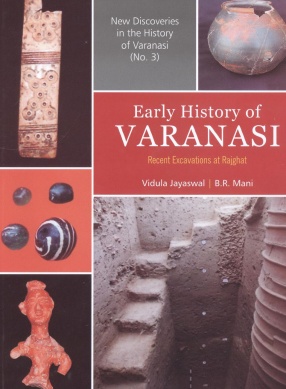
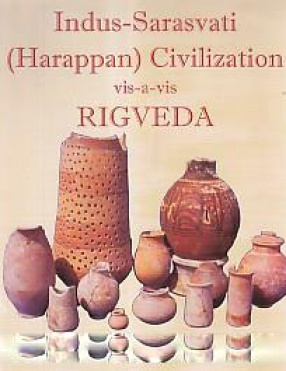
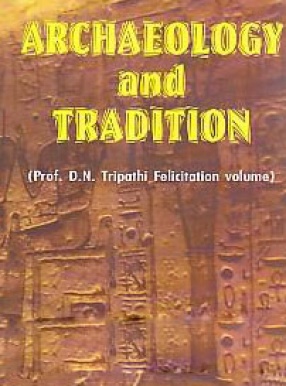
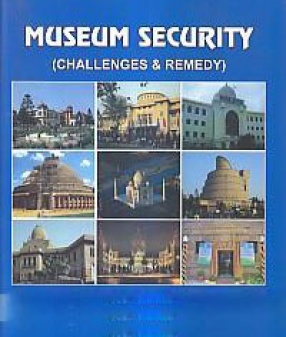
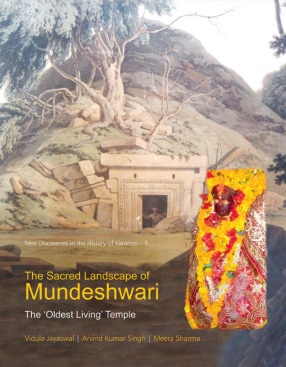
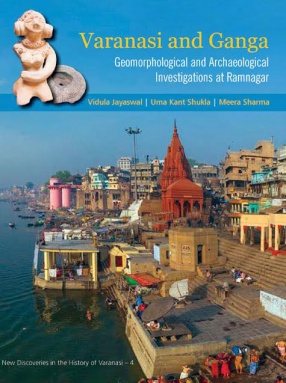
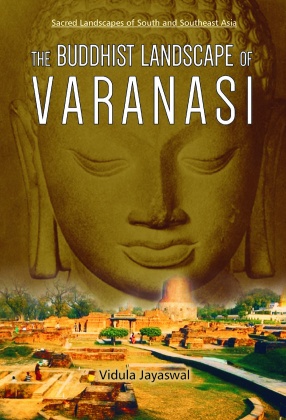
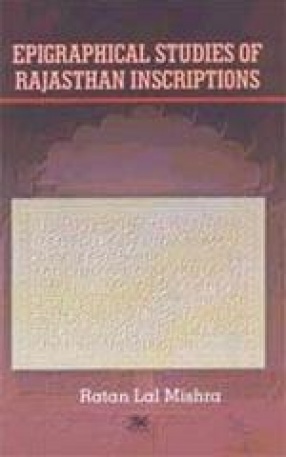
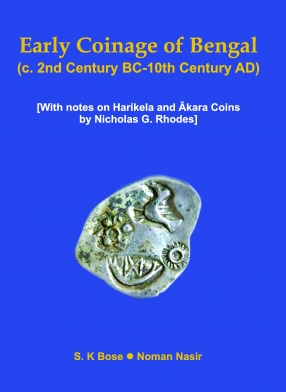
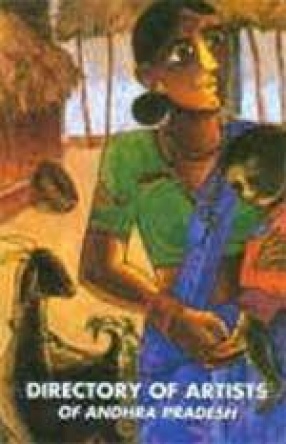
There are no reviews yet.